Today I’m sharing winter nutrition tips for horses.
As temperatures drop and the seasons shift, you will need to adjust your feeding to support your horse’s health through the colder months. I’m in Calgary, Alberta, where we experience extreme temperature swings. Wherever you live, the degree of cold you experience will influence how you should feed your horses for optimal health, and one of the most important factors to consider is your horse’s weight regulation.
Managing Weight in Winter
Winter poses challenges for both easy and hard keepers. Easy keepers often enter the season carrying extra weight, while hard keepers struggle to maintain condition due to increased energy demands for warmth. Managing both types requires paying attention to diet, sugar levels, and feeding strategies.
Easy Keepers: Use Winter as an Opportunity
Winter can help easy keepers lean out naturally. When grass is dormant or covered by snow, sugar intake gets reduced. That is ideal for managing insulin resistance, PPID, and equine metabolic syndrome.
Encouraging natural movement and moderate feeding
Encourage natural movement and moderate feeding by spacing hay stations far apart. Avoid free-choice hay for overweight or sugar-sensitive horses. Instead, feed in controlled portions, ideally using slow-feeding nets, ensuring they don’t stand for too long without food.
Leaner winter conditioning helps restore insulin sensitivity, supports metabolism, and prepares horses for spring.
Hard Keepers: Prioritize Calories and Warmth
For hard keepers, maintaining weight in cold weather is essential. Offer them free-choice hay or extra feeding sessions separate from easy keepers. Provide larger mashes (such as beet pulp or alfalfa cubes) to boost calorie intake and hydration. You can use extruded feeds temporarily for better absorption and calorie density. Even if the ingredient list is not perfect, the priority is to prevent weight loss and support their muscle mass through the winter.
Once spring arrives, you can detoxify them and move them back to cleaner feeds when forage becomes available.
Supplements to Prevent Deficiencies
When a horses shift from grass to hay, the levels of fat-soluble nutrients (especially essential fatty acids) drop sharply. Supplementation is the key to preventing deficiencies that affect skin, coat, and metabolism. Crushed flax, hemp hearts, or chia seeds are excellent plant-based sources of omega-3 and other nutrients. Oils, such as flax, camelina, or hemp, can be used short-term, but only in small amounts. They must be stored properly, however, and selected for stability.
Selenium and Vitamin E Support
Horses on hay-only diets are usually deficient in selenium and vitamin E, which are vital for immune function, circulation, metabolism, and hoof health. The two nutrients work synergistically, as selenium enhances vitamin E’s antioxidant action. Since hay rarely provides enough nutrition, consistent supplementation is essential. It is always best to use high-quality supplements that are free of unnecessary additives or preservatives.
Carrots and Beta-Carotene
Carrots provide beta-carotene, a precursor to vitamin A, and easy keepers can eat them in moderation. The fiber and phytonutrients in carrots prevent blood sugar spikes, making them a beneficial winter addition.
Winter Nutrition Takeaway
Winter is the perfect time to fine-tune your horse’s nutrition. Allow easy keepers to lose weight gradually on their own while ensuring hard keepers receive enough calories to stay warm and maintain their condition. Focus on good quality hay, balanced supplementation, and moderate feeding to support movement and metabolic health. By managing your horse’s sugar intake, providing...
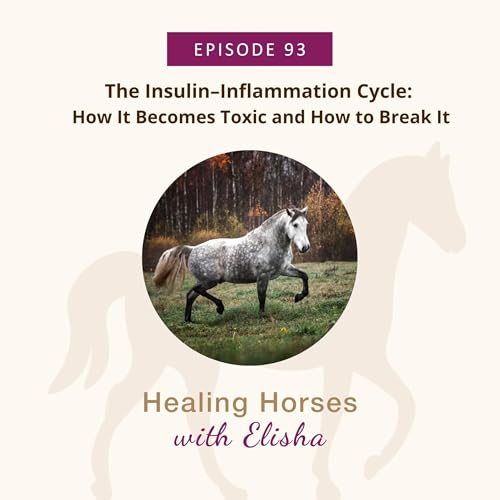 23 m
23 m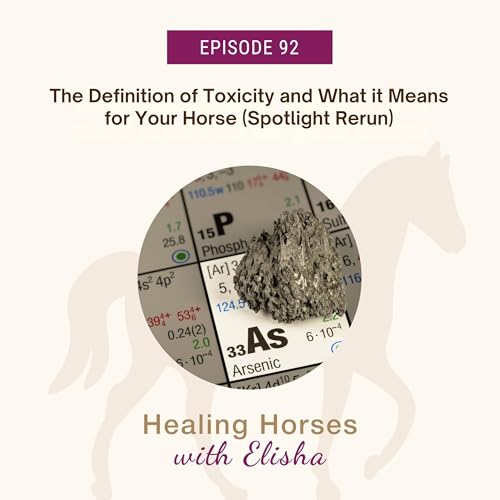 21 m
21 m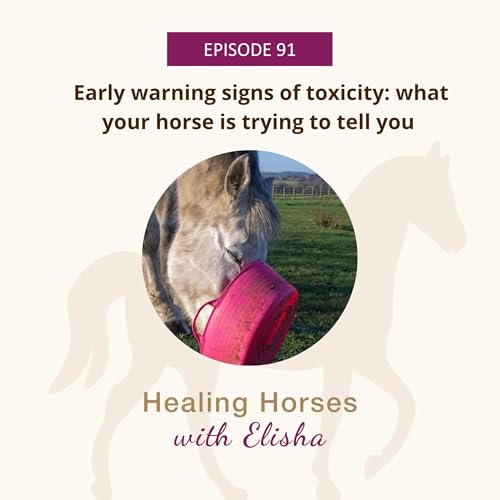 27 m
27 m 21 m
21 m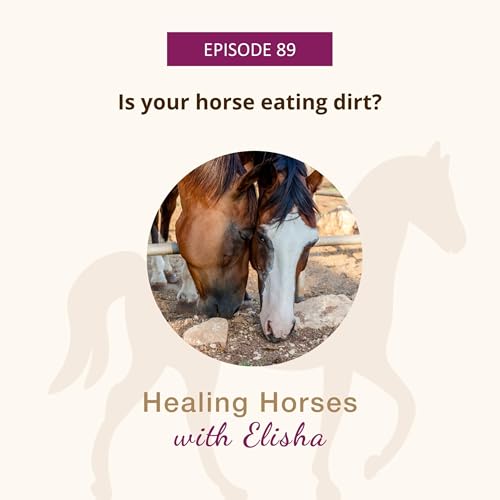 Oct 21 202523 m
Oct 21 202523 m Oct 14 202520 m
Oct 14 202520 m 22 m
22 m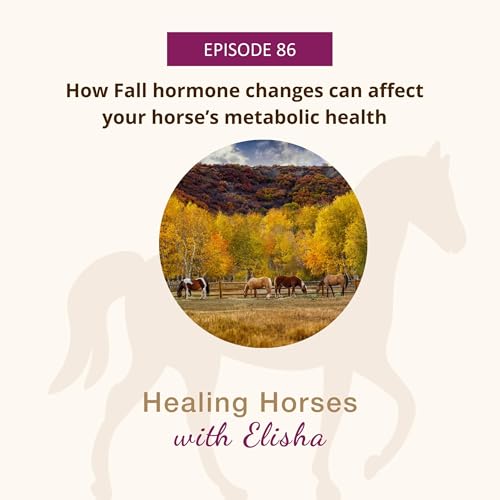 27 m
27 m
